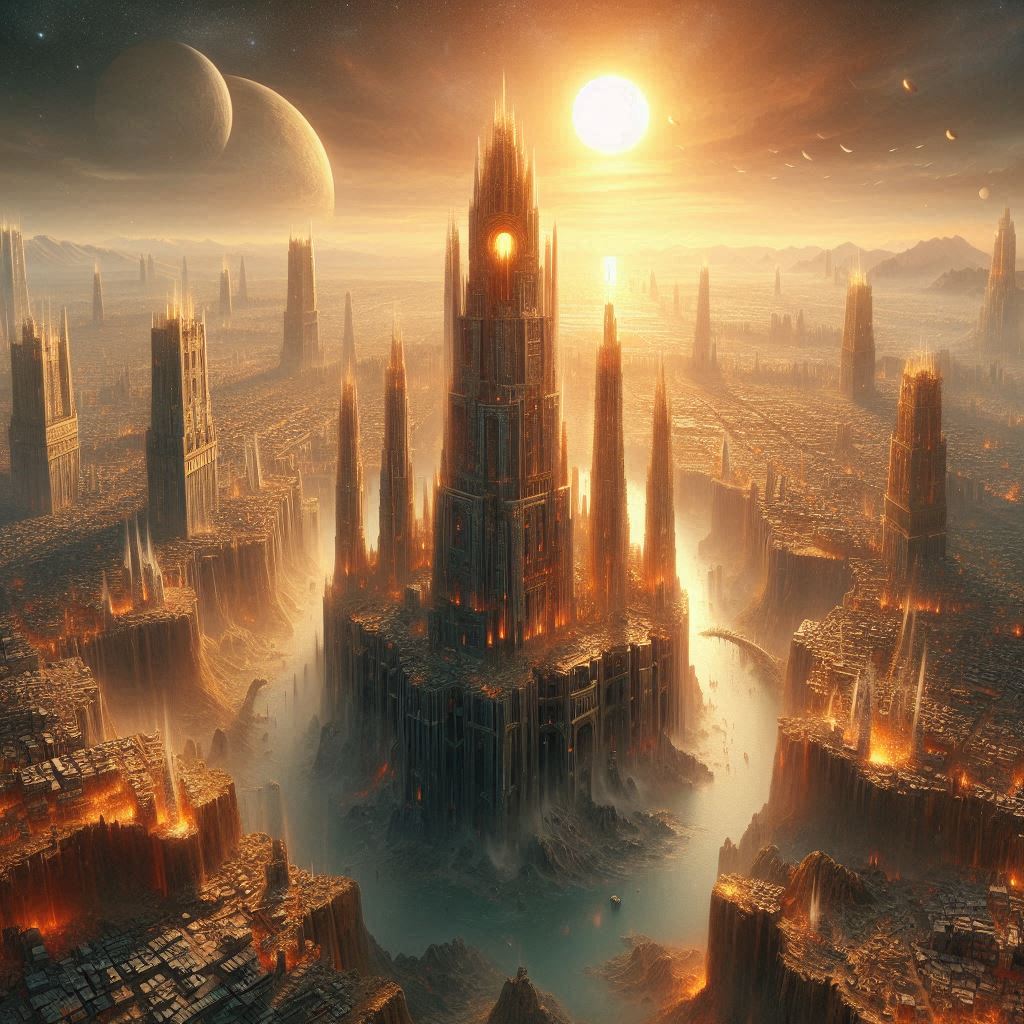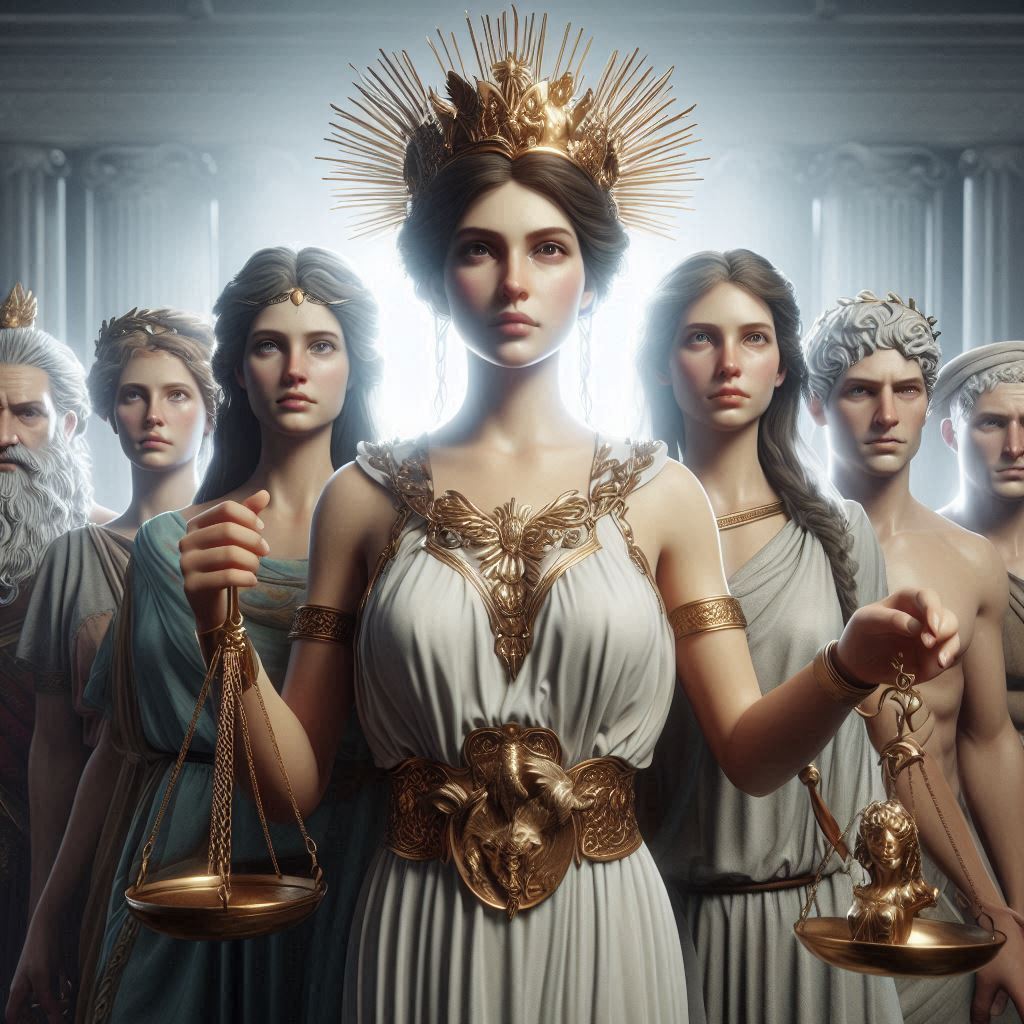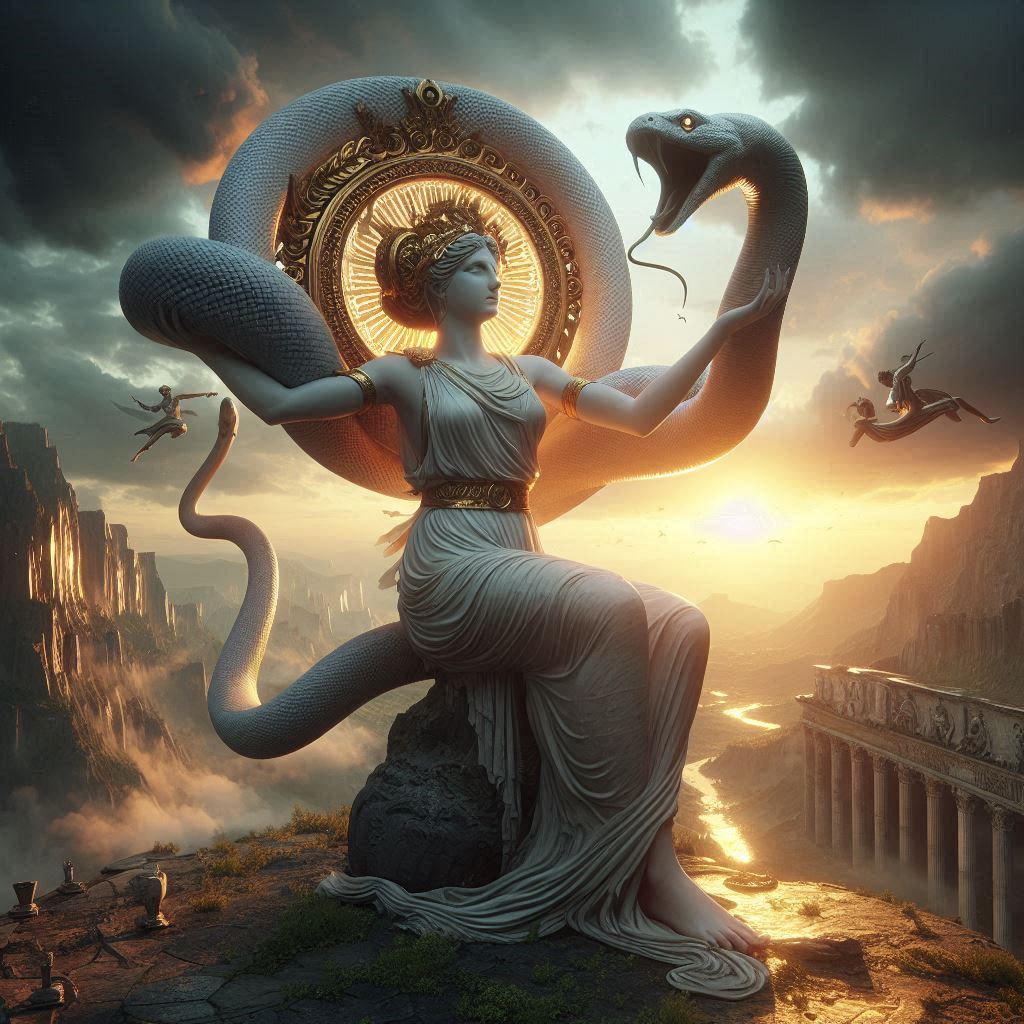Table of Contents
The Cinematic Horror of Nosferatu: A Gothic Masterpiece
F.W. Murnau’s Nosferatu: A Symphony of Horror (1922) is one of the most influential horror films ever made. As an unauthorized adaptation of Bram Stoker’s Dracula, the film not only established key elements of vampire lore but also pioneered German Expressionist cinema. Through its haunting visuals, atmospheric dread, and the grotesque figure of Count Orlok, Nosferatu remains a timeless work of horror that continues to inspire filmmakers and audiences alike.

German Expressionism and Visual Terror
Nosferatu is a quintessential example of German Expressionism, a movement that used distorted visuals, stark shadows, and exaggerated sets to evoke psychological unease. Unlike later, more romanticized portrayals of vampires, Count Orlok (played by Max Schreck) is a monstrous figure—his elongated fingers, rat-like teeth, and hunched posture make him a creature of pure horror. The film’s use of shadows, particularly Orlok’s creeping silhouette, creates an atmosphere of inescapable dread. One of the most iconic shots—Orlok rising stiffly from his coffin—has become a defining image of cinematic terror.
Themes of Death and Decay
Beyond its visual style, Nosferatu explores themes of disease, decay, and inevitable doom. Released shortly after the Spanish Flu pandemic, the film’s depiction of plague-ridden towns and helpless victims resonates with real-world fears of contagion. Orlok is not just a predator but a bringer of pestilence; his very presence causes death to spread. This connection between vampirism and disease adds a layer of existential horror, making the threat feel both supernatural and unnervingly real.
Adaptation and Legal Controversy
Though Nosferatu is based on Dracula, Murnau changed character names and some plot details to avoid copyright infringement. Despite these alterations, Stoker’s estate sued, and a court ordered all copies destroyed. Fortunately, some prints survived, allowing the film to endure as a cult classic. Ironically, the changes—such as Orlok’s rodent-like appearance and his demise by sunlight (a rule not in Dracula)—have since become staples of vampire mythology.
Legacy and Influence
Nosferatu set the foundation for horror cinema, influencing everything from Universal’s Dracula (1931) to later films like Shadow of the Vampire (2000), which fictionalized Schreck’s performance. Directors such as David Lynch and Guillermo del Toro have drawn from its surreal, dreamlike style. More than a century after its release, Nosferatu remains a benchmark for atmospheric horror, proving that true terror lies not in gore but in suggestion, shadows, and the unknown.
Conclusion
Nosferatu is more than just a vampire movie—it is a landmark of silent cinema and a masterclass in visual storytelling. Its eerie atmosphere, unforgettable villain, and themes of inevitable doom ensure its place in film history. By blending German Expressionism with gothic horror, Murnau crafted a film that still chills audiences today, reminding us why the oldest fears are often the most powerful.


No responses yet